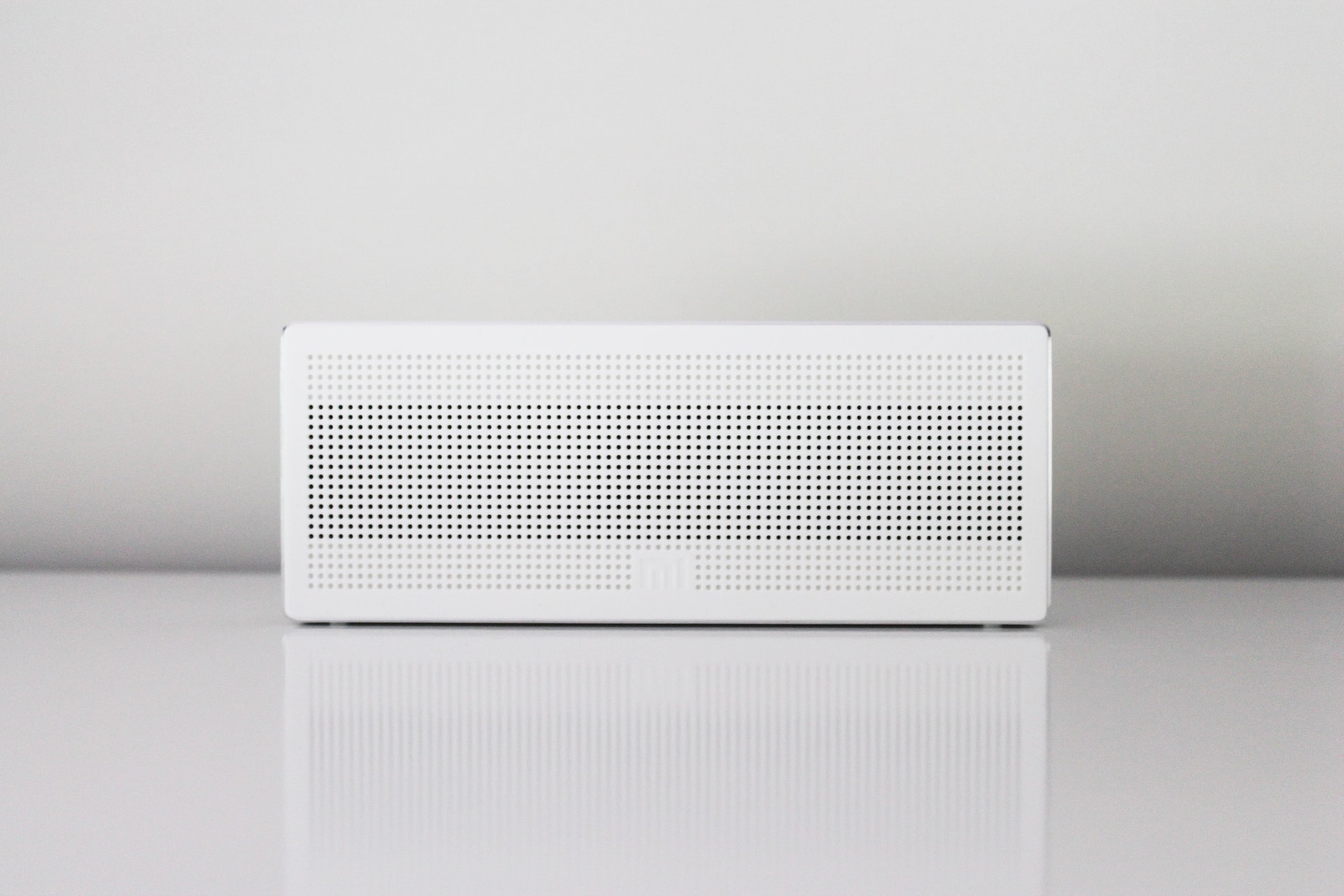An air purifier can improve the quality of your living space by removing airborne particles and allergens. They produce ionized air which is healthier and fresher. There are 4 types of air purifiers:
Feature-specific purifiers, such as a dehumidifier that extracts humidity from the room or an ultraviolet (UV) light and germicidal lamp for cleaning rooms.
Powerful, base-model purifiers that remove all types of particles in one location simultaneously. Base models are more suitable for big spaces like homes or offices with little furniture to obstruct airflow.
Remote-controlled purifiers that can be adjusted from afar. They are used in homes, hotels and offices to combat air pollution caused by smoking or cooking.
In recent years, electronics have been added to these devices. These include ionization functions that can identify harmful particles, frequency generators that ward off electromagnetic waves and filters that can keep out certain volatile organic chemicals (VOCs).
Heat-only purifiers can double as air conditioners, but may not remove particles as well as a purifier specifically designed for that purpose.
Air purifiers are significantly more effective than air conditioners at removing fine particles and pollen. They remove up to 99 percent of particulate matter ranging in size from 0.3 to 10 microns in diameter and produce ionized (electrically-charged) air that is easier to breathe.
Large particle removal by a high-performance filtration system can help reduce the symptoms of asthma, allergies and other respiratory diseases caused by particles. It also helps relieve nasal congestion, sore throat, runny nose, eye irritation and sneezing. Ionized air produced by an air purifier is not harmful to health like chemically-produced ozone. It is safe, healthy and effective.
Most people choose air purifiers that can remove various types of particles, rather than one that is specially designed for pollen. People who have allergies are advised to use a device that has an anti-pollen function. This will reduce the amount of pollen floating around in your room and help relieve your symptoms more effectively. In addition, many air purifiers now come with built-in timers so you can schedule their operation 24 hours a day if needed.
The high price of an air purifier can be offset by the cost of medical treatment for respiratory problems caused by poor indoor air quality. In addition to improving your health, air purification can reduce the energy costs of running your air conditioners.
There are many factors that affect the effectiveness of a particular air purifier. These include:
Location of the unit: High-traffic areas such as homes with children or pets should use smaller models to prevent over-heating. If you don’t want to move an existing one, place it at an entrance or use it to ventilate larger rooms. This will help remove pollutants as effectively as possible while keeping your energy costs low.
Type of unit: Look for a filter that helps trap particles down to 0.3 microns. This is best for removing allergens, germs, mold spores and dust from the air.
Size of the unit: Go for a larger model if there are many people in your home — especially those who suffer from allergies or asthma — or if pets and children are present. Also consider the area you want to purify. A room with a large window will have less impact than a perfectly sealed room. Even with large units, always operate them in a well-ventilated space to prevent over-heating and filter overloads that can damage the unit.
Type of operation: Choose a model with built-in sensors that sense the level of indoor pollution and automatically adjust the fan speed to keep it at a comfortable level. This will save energy and extend the life of your unit.
Purifier technology: Look for a purifier that uses UVC light to kill germs, as well as ozone generators that neutralize odors. It will be smarter than a device using only air ionizers.
Costs: The initial cost of an air purifier may be high, but you can make up for it by reducing your medical bills and the cost of operating your air conditioning system.
Features to consider when buying air purifiers include:
Level of filtration: Look for models that use at least a 99 percent efficiency filter that can be cleaned easily. A particle-free ionized air can increase your energy bills by up to 64 percent compared to running an air conditioner 24 hours a day.
Number of speeds of the fan: Choose a unit with three fans so it can work harder at removing particles and allergens. They are also more energy-efficient and quieter. People suffer more than just the cold in winter, so you should consider the effects on your health as well.
Noise levels: Get one that produces less than 50 decibels (dB) and is energy-efficient for quieter operation.
Warranties: Check for the length of the warranty, as some companies offer only a 1-year guarantee instead of the standard 3-year model.
Safety: Look for units with buttons and displays that are easy to use and understand. Check if there is a built-in timer to reduce energy consumption, an automatic alarm if the unit overheats or turns off if there is no more air to purify. Safety features like these cannot be ignored and should be assessed when buying an air purifier.
If you have allergies, use an air purifier that has an anti-pollen function. This can help reduce the amount of pollen floating around your room and help relieve your symptoms more effectively. Most of these models come with built-in timers so you can schedule their operation 24 hours a day if needed.

